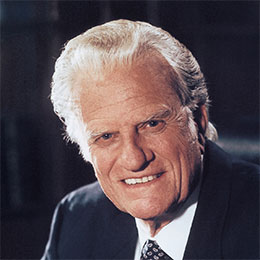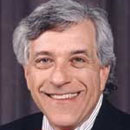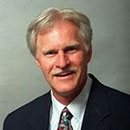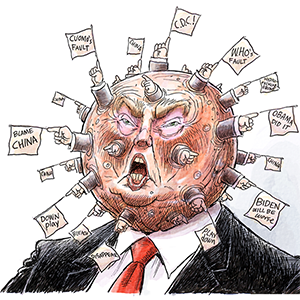Positive Aging: Do You Have a Donor Card?
When I was a young adult driving in California, I rarely gave my donor card a thought. Back then, it was just another small piece of paper in my wallet. In those days, the confidence and optimism of youth crowded out any serious thoughts about real-life accidents, illness or disease.
But now, decades (and decades and decades and decades) later, the realities of organ and tissue transplants have become a much clearer -- and important -- issue. Today, more than 100,000 people in the U.S. are on the waiting lists for organ transplants. Since the number of people who need a transplant is rising faster than the number of organ donations, an average of 22 Americans die each day waiting for a transplant.
The United Network for Organ Sharing, or UNOS, operates the Organ Procurement and Transplantation Network, or OPTN, a national computer registry that matches organ donors with waiting recipients. On TV medical dramas, this is commonly referred to as "the list." To find a participating transplant hospital in your area, use the UNOS online directory at http://optn.transplant.hrsa.gov/members/search.asp.
The good news is even though you happen to be an aging baby boomer (like me), your donor card is still valid, and it could even be a lifesaver. Believe it or not, people of all ages can be organ donors. In fact, the oldest organ donor in the U.S. was 92 years old -- he donated a liver that saved the life of a 68-year-old woman.
In 2015, more than 60% of the people who received transplants were 50 years of age or older. About 20 percent of transplant recipients were over the age of 65. And, on the other side of organ donations, 1 out of every 3 people who donated organs in 2015 was over 50. Here are a few other donor facts from the American Transplant Foundation:
-- Every 10 minutes, another name is added to "the list."
-- One deceased donor can save as many as eight lives through organ donation.
-- One deceased donor can save and improve 100 over lives through tissue donation.
-- Organs that can be donated include the heart, liver, pancreas, kidneys, lungs and small intestines.
-- Tissues that can be donated include bones, corneas, heart valves, ligaments, skin, tendons and veins.
-- Each year, more than 40,000 corneal transplants take place in the U.S.
-- Liver and kidney disease kill over 120,000 people every year -- more than Alzheimer's disease, prostate cancer or breast cancer. As of March, 118,385 people need a lifesaving organ transplant.
-- So far in 2017, 5,367 organ transplants have been performed thanks to 2,553 donors.
Organ transplant recipients are selected on the basis of both medical urgency and compatibility -- neither sex nor race ever become part of the qualifying equation. But donors need to have died while in a hospital. Doctors will decide at the time of a patient's death whether or not you can donate organs or tissues. And costs for organ removal are paid for by the recipient.
Whether you are 17 or 70, it's important to carry a donor card with you at all times because "any age is the right age."
========
Marilyn Murray Willison has had a varied career as a six-time nonfiction author, columnist, motivational speaker and journalist in both the U.K. and the U.S. She is the author of The Self-Empowered Woman blog and the award-winning memoir "One Woman, Four Decades, Eight Wishes." She can be reached at www.marilynwillison.com. To find out more about Marilyn and read her past columns, please visit the Creators Syndicate webpage at www.creators.com.
Copyright 2025 Creators Syndicate Inc.























Comments